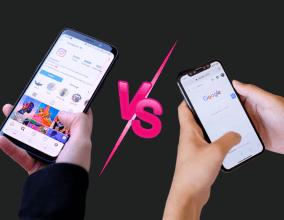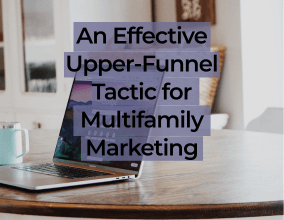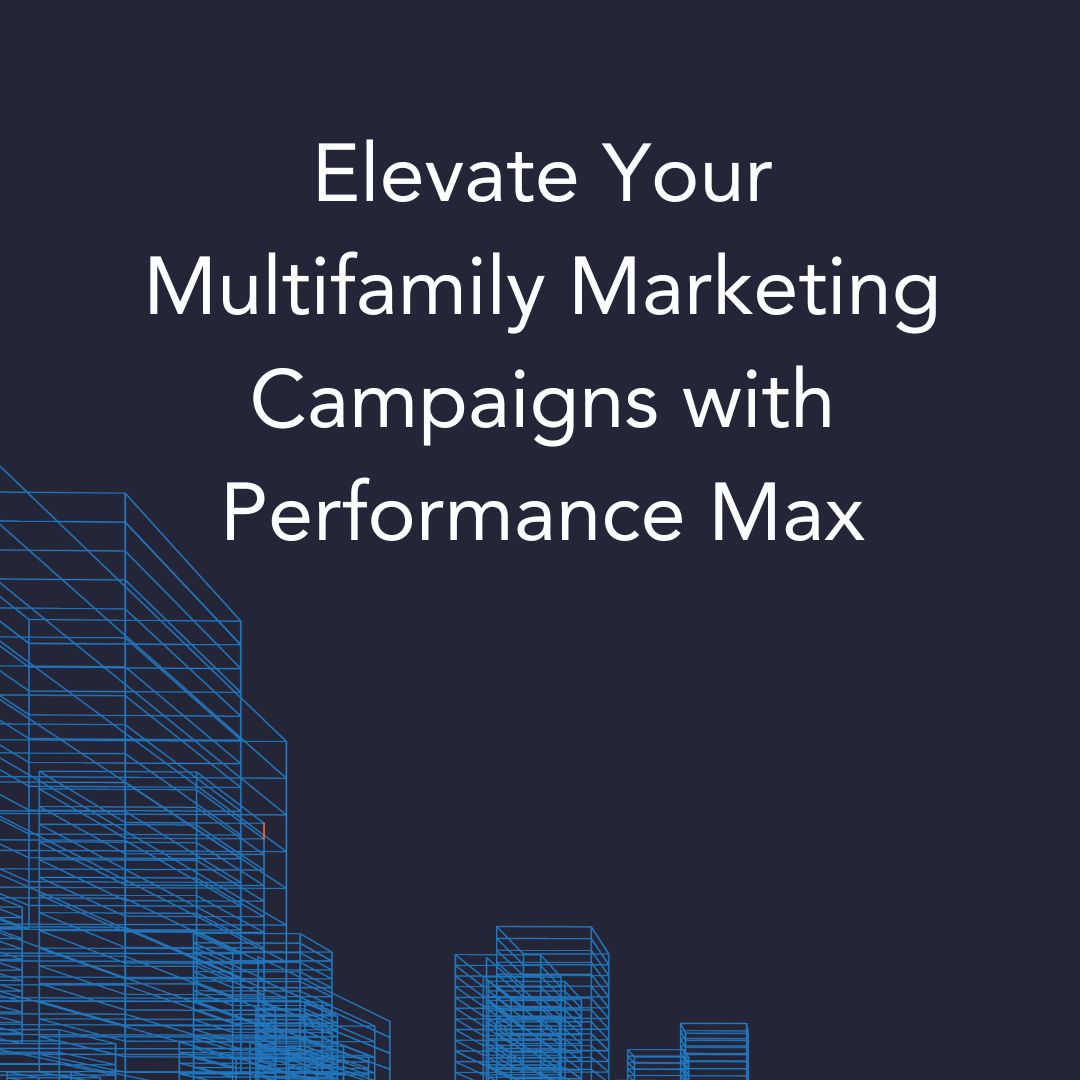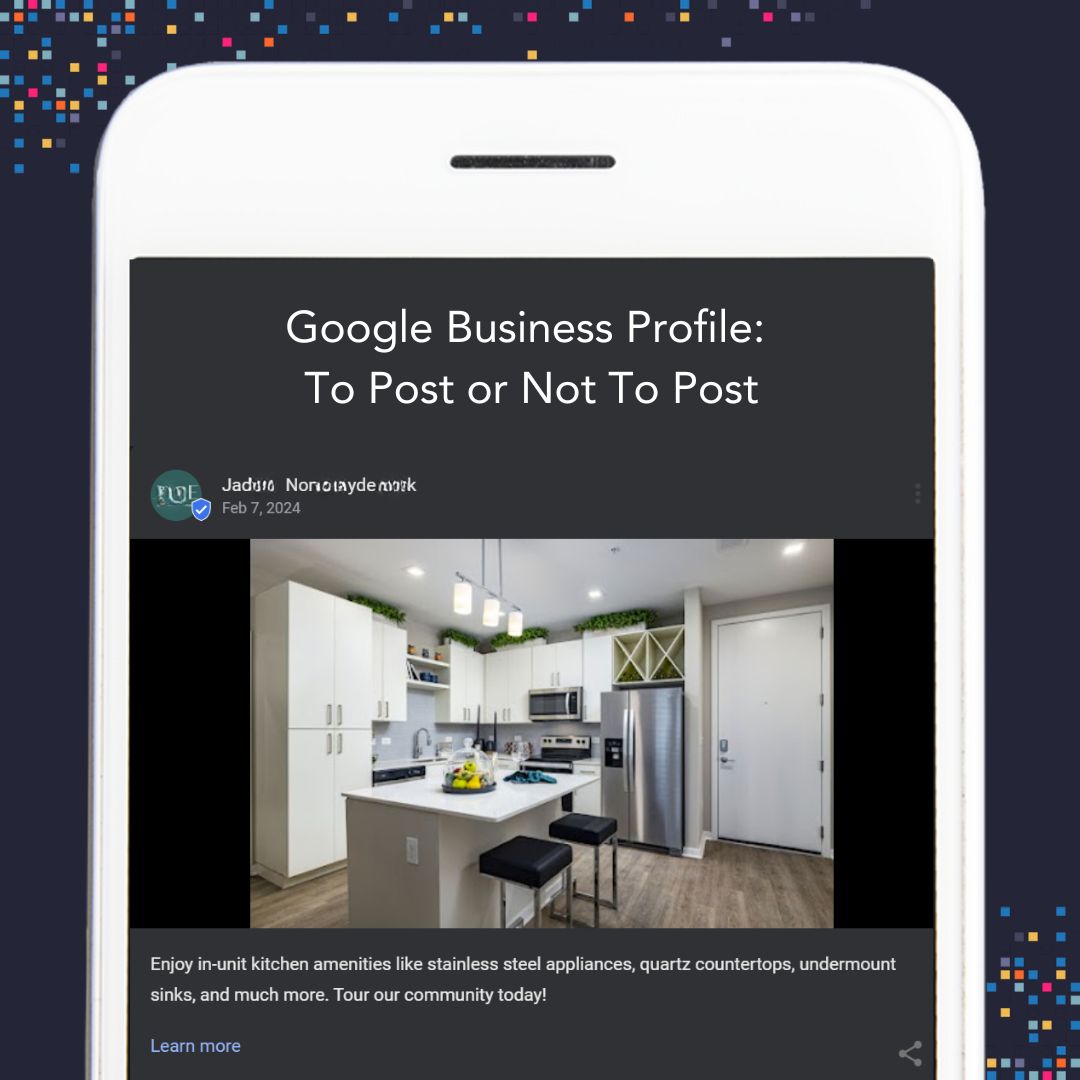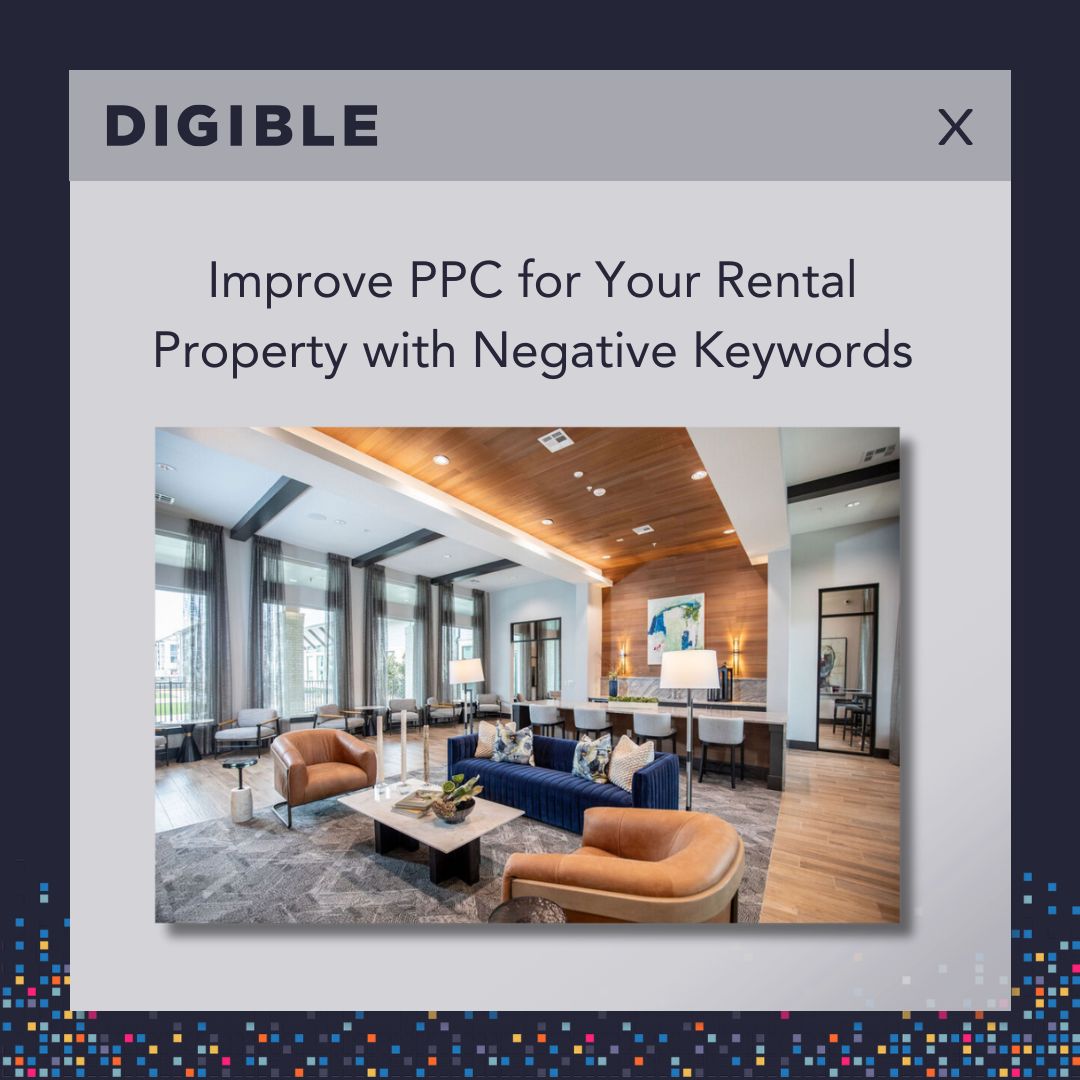How Redesigning a Website Increased Conversions by 79%
RentCafe’s “all-in-one” platform makes it an easy choice for PMCs to choose to build their websites. But will those websites actually deliver the results you want and need? In 2022, we launched Digible’s first-ever website service for the multifamily industry in an effort to expand our services and solve problems that our clients have faced repeatedly.
This test examines one property in Washington, D.C. over a 6-month period (from November 2021-April 2022) while the site was in RentCafe. We then compared the site’s performance to the same time frame the following year (November 2022-April 2023) when the site had been rebuilt by Digible.
Work Performed
For the most part, the content migration from the old website to the new website was 1:1, with two primary exceptions:
- The original website did not have a “Neighborhood” page
- The original website did not have any resident testimonials
Other than these two additions, the biggest differences were:
- Creating a more modern and aesthetically pleasing design
- Optimizing the site for page speed and best practices
- Ensuring that each page of the website ended with a clear call to action
Findings
We’ve found that the typical RentCafe website has a Core Web Vitals (CWV) score of 67*, and this site specifically was coming in at 51. The new website now has a score of 92 (79% increase).
In addition to the CWV improvements, we also saw consistent increases in conversions – even when we were lowering the paid campaign budgets. From Nov ‘22 – Feb ‘23 we decreased the paid campaign budget by 13%, but conversions during that time still increased by 47%. Check out a full summary of our findings below:

Main Takeaways
Website Load Time
Slow load times can significantly impact website users’ experience and can lead to frustration and a higher likelihood of users abandoning the site. Website conversion rates drop by an average of 2.11% with each additional second of load time between seconds 0-9 (Portent). In this particular case, the speed optimizations applied to the site resulted in a 44% improvement in load time. Load times of less than 2 seconds should always be the goal.
Website Conversions
Increasing website conversions is a fairly common and straightforward goal, but the methodology behind achieving that goal is not always quite as simple. In this specific project, we implemented best practices such as ending each page in a CTA, adding trust value through resident testimonials, and ensuring that the site was optimized for CWV metrics. The numbers speak for themselves here, with a 79% increase in conversions over the same YOY 6-month time period.
Conclusion
Upon reviewing the data, we found that there was a significant difference between the performance of the original website and Digible’s redesigned version. Improving the page load time by 44% and modifying the UI/UX of the site led to a 79% increase in conversions, a 26% increase in session duration, and a 25% increase in visitors, even when the site’s campaign budget was decreased by 14%.
Want some help with your website? Drop us a line here.




